Apelova cesta
Highlights
Olympic bobsleigh track with graffiti art, tours offered
Sarajevo, Bosnia and Herzegovina Get directions
Sarajevo
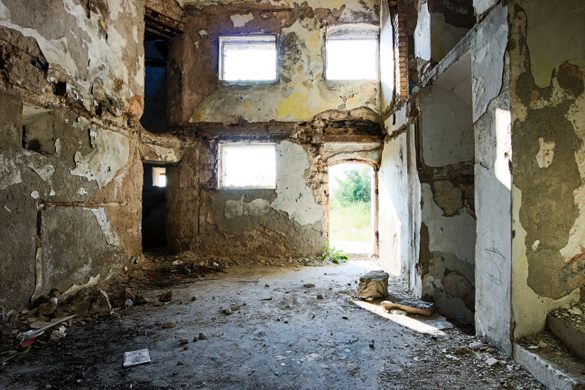
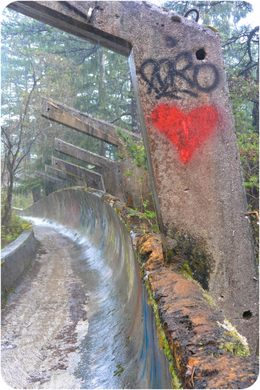
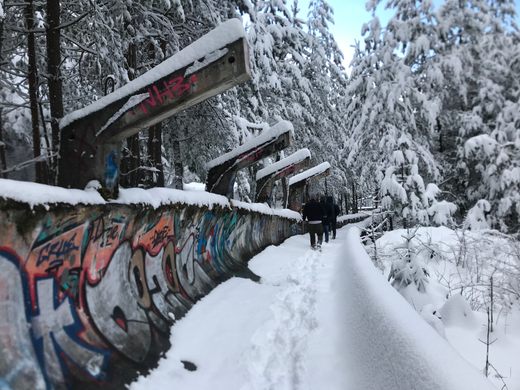
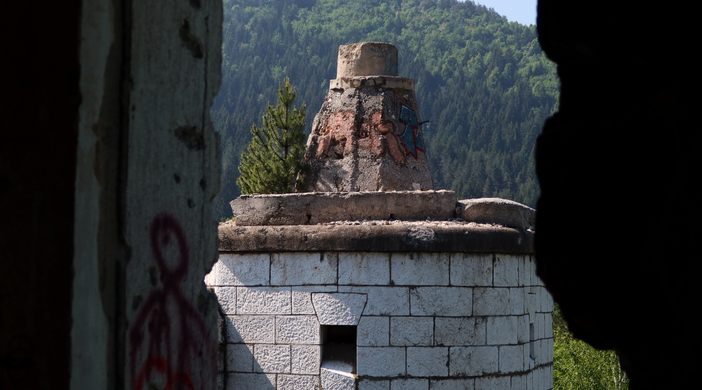
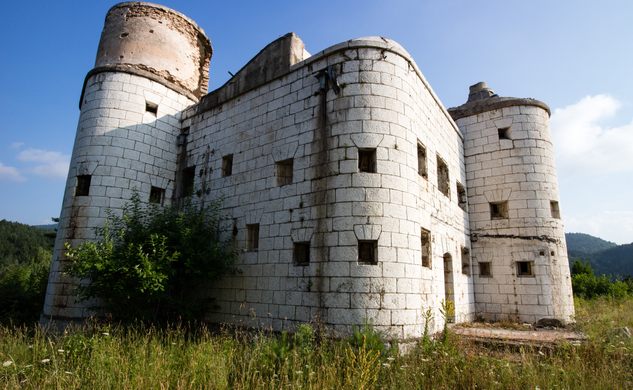
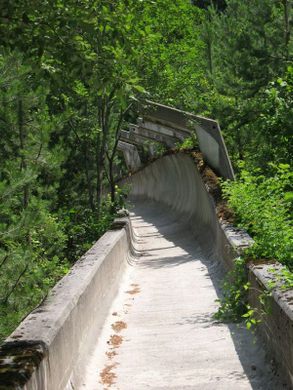


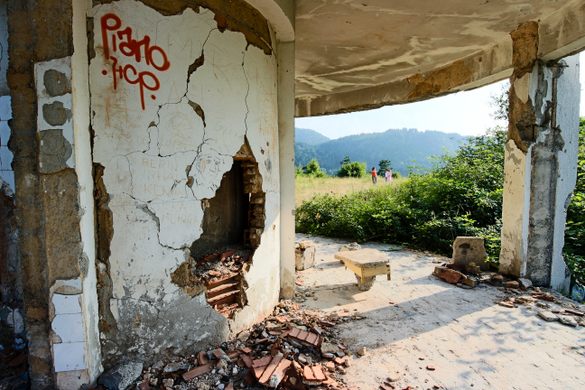
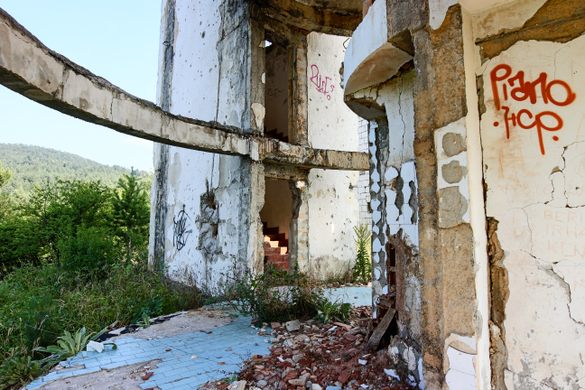

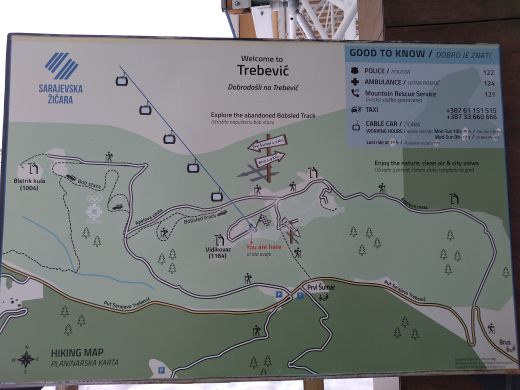



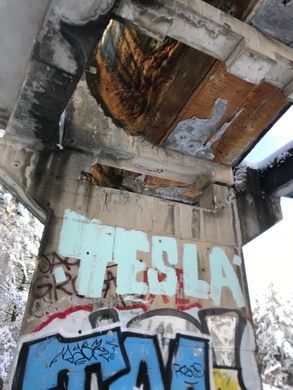

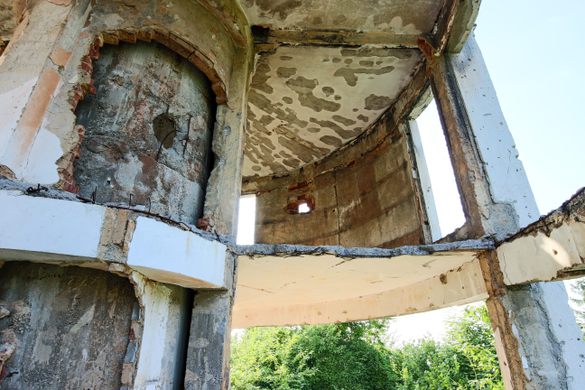
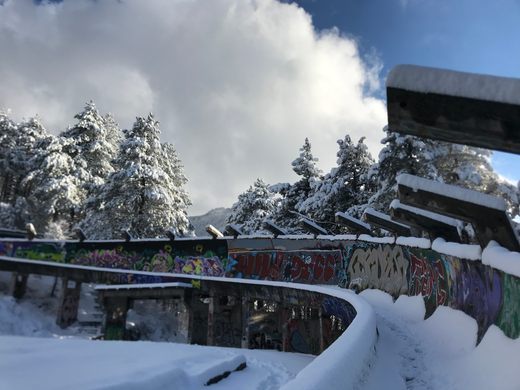
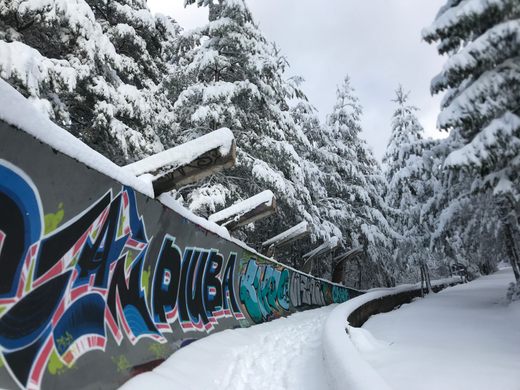



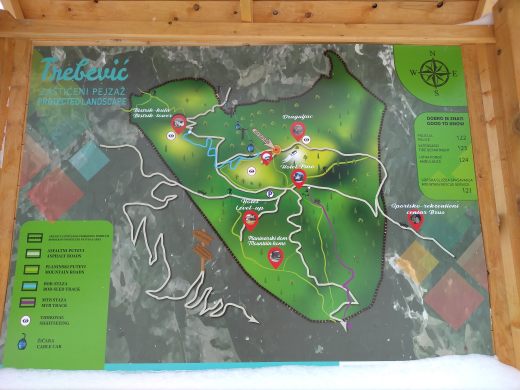



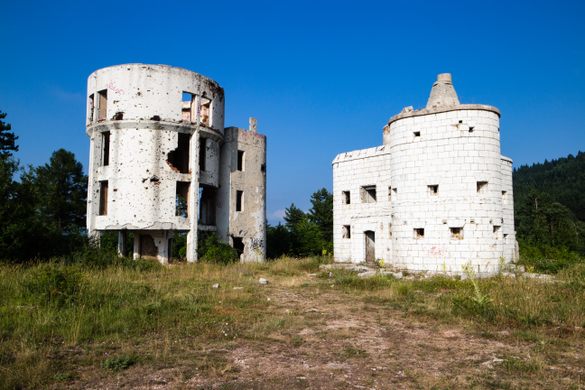
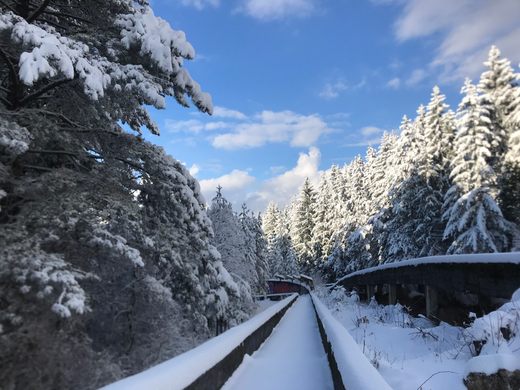



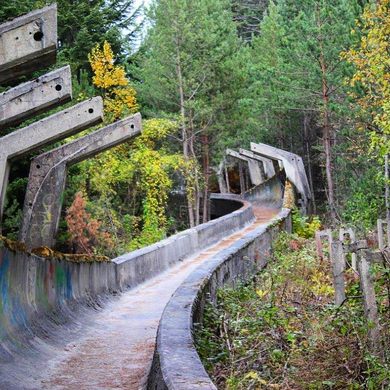

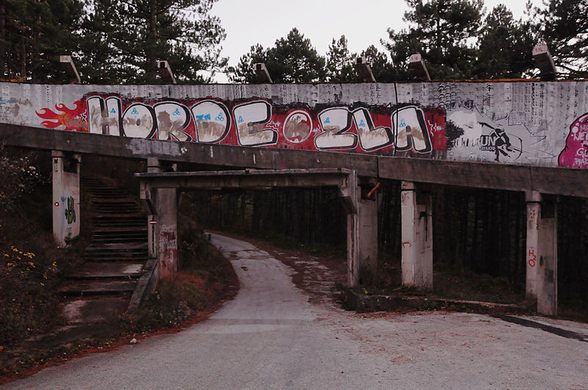

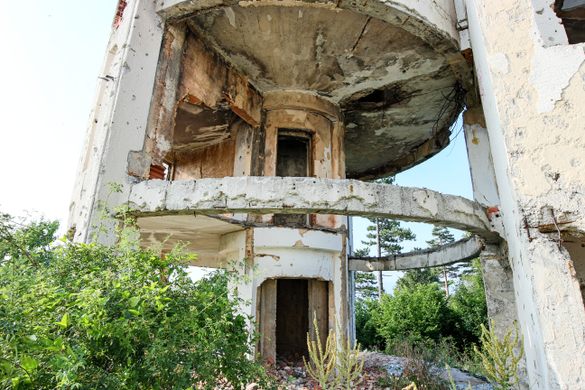

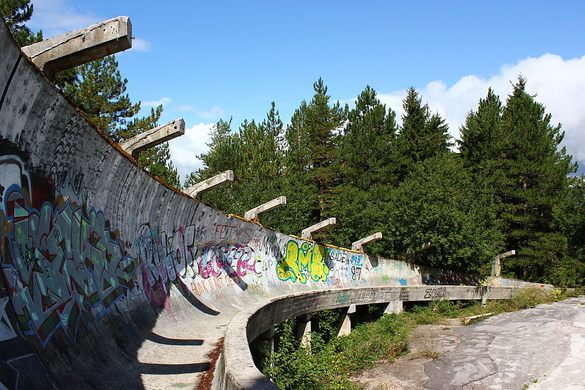












Olympic bobsleigh track with graffiti art, tours offered
Sarajevo, Bosnia and Herzegovina Get directions
"Before World War I, an Austro-Hungarian military fortress was built on Mount Trebević. The mountaintop provided views of the entire city, and was a key point in military observation. After World War II, this lookout point proved useful again, when the fortress was converted into an astronomical observatory. The Orion Astronomical Society established the Čolina Kapa Observatory and worked hard to bring it up to state-of-the-art technological standards. By 1972, it was the only facility of its kind in Bosnia and Herzegovina. Its three domes crowned the building waiting for astronomers to observe the night sky, while the fortress below contained all that visiting scholars might need for several days’ stay, including a reference library and a photo lab. Research done at the observatory led to the publishing of a photographic atlas of the North sky compiled from the images taken here. Unfortunately, two decades later in the 1990s much of Sarajevo was devastated by shelling during the Bosnian War. The astronomical observatory was no exception. The Čolina Kapa Observatory and all its instruments were completely destroyed between 1992 and 1995. The area was absolutely shattered by the conflict, and without adequate funding, the observatory was abandoned. Today it remains an important symbol of Sarajevo, as its white building still looks over the city from Mount Trebević, though today the walls are crumbling and decrepit. Though the abandoned building is a popular attraction for urban exploring hikers, most Sarajevans would prefer that the observatory be restored. Without Čolina Kapa, astronomy is virtually non-existant in Bosnia and Herzegovina, despite the fact that the study of the stars reaches back to the 15th century in the region. A fundraising campaign has been launched with the intention of “bringing astronomy back to Sarajevo.”" - ATLAS_OBSCURA

"Before World War I, an Austro-Hungarian military fortress was built on Mount Trebević. The mountaintop provided views of the entire city, and was a key point in military observation. After World War II, this lookout point proved useful again, when the fortress was converted into an astronomical observatory. The Orion Astronomical Society established the Čolina Kapa Observatory and worked hard to bring it up to state-of-the-art technological standards. By 1972, it was the only facility of its kind in Bosnia and Herzegovina. Its three domes crowned the building waiting for astronomers to observe the night sky, while the fortress below contained all that visiting scholars might need for several days’ stay, including a reference library and a photo lab. Research done at the observatory led to the publishing of a photographic atlas of the North sky compiled from the images taken here. Unfortunately, two decades later in the 1990s much of Sarajevo was devastated by shelling during the Bosnian War. The astronomical observatory was no exception. The Čolina Kapa Observatory and all its instruments were completely destroyed between 1992 and 1995. The area was absolutely shattered by the conflict, and without adequate funding, the observatory was abandoned. Today it remains an important symbol of Sarajevo, as its white building still looks over the city from Mount Trebević, though today the walls are crumbling and decrepit. Though the abandoned building is a popular attraction for urban exploring hikers, most Sarajevans would prefer that the observatory be restored. Without Čolina Kapa, astronomy is virtually non-existant in Bosnia and Herzegovina, despite the fact that the study of the stars reaches back to the 15th century in the region. A fundraising campaign has been launched with the intention of “bringing astronomy back to Sarajevo.”" - ATLAS_OBSCURA

"Once a proud feature of Sarajevo’s 1984 Winter Olympic games, the bobsleigh track has since fallen into ruin after being the victim of military actions. The 1300-meter concrete track was completed in 1982 and featured a total of 13 turns for the lugers to navigate. The expensive public work paid off for the country after the events around the site during the Olympics garnered enormous crowds. The track was able to be reused during World Cup competitions in later years following the winter games and it appeared that the long track would continue to pay dividends. Unfortunately when the Yugoslav Wars began in 1991, the track, like the rest of the country, became embroiled in the fighting. The curled turns were used as defensive positions for Bosnian forces, and the whole of the track became pocked with bullet holes and other wounds. Today, the track still stands as a favorite spot for local graffiti artists who have decorated whole swaths of the curving lane. The Sarajevo Bobsleigh Track is a literal concrete reminder of a more prosperous time. It is currently under re-construction for future bobsleigh competitions but official guided tours are still available." - ATLAS_OBSCURA

